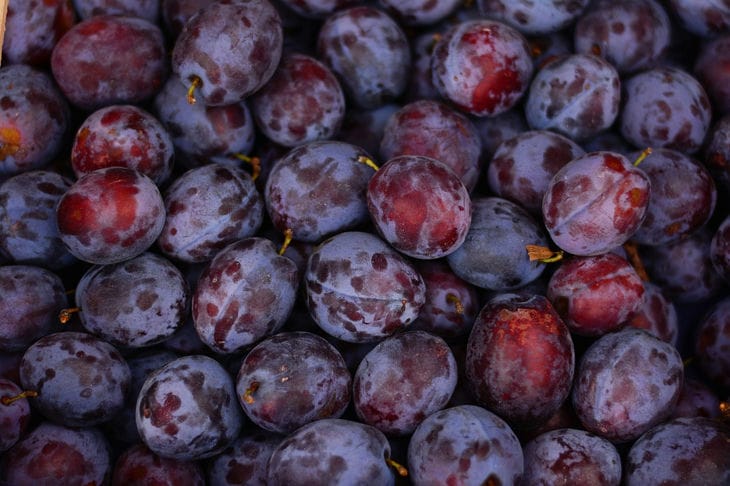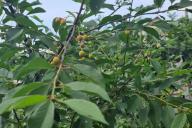To get a rich harvest, it is necessary to properly care for the tree and carry out timely treatments.
Why do plums rot?
Rotting plum fruits can be caused by various reasons, such as diseases, pests, improper tree care and adverse weather conditions, says Anastasia Kovrizhnykh .
One of the main reasons for fruit rotting is excess moisture, which creates favorable conditions for the development of fungi and bacteria.

How to treat plum in spring
To prevent plum fruit rotting, it is necessary to carry out timely tree treatments. Below is a step-by-step instruction on how to treat plums in the spring:
Cleaning the tree from dry and damaged branches
Clear the tree of dry and damaged branches, as well as branches growing inwards. This is necessary to ensure good air circulation and prevent the development of fungi and bacteria.
Processing of trunk and branches
Treat the tree trunk and branches with a 1% solution of copper sulfate or Bordeaux mixture. This is necessary to prevent the development of fungal diseases.
Kidney treatment
Treat the tree buds with a 3% urea solution. This is necessary to speed up the growth and development of the buds.
Soil cultivation
Treat the soil around the tree with a complex fertilizer containing nitrogen, phosphorus and potassium. This is necessary to provide the tree with the necessary nutrients and improve growth and development.
Useful tips
- Do not overwater the tree to avoid excess moisture in the soil.
- Remove damaged and diseased fruit to prevent the spread of fungal diseases.
- Regularly carry out preventive treatments of the tree against pests and diseases.
Conclusions
Plum treatment in spring is a necessary measure that will help prevent fruit rotting and get a rich harvest. Following step-by-step instructions and useful tips, you will be able to properly care for the tree and get tasty and aromatic fruits.
Additional tips
1. It is better to treat the tree in calm weather to avoid spraying the preparations on neighboring plants.
2. Don't forget about safety precautions when working with chemicals.
3. Regularly inspect the tree for pests and diseases.
Earlier we talked about spring care for strawberries.









